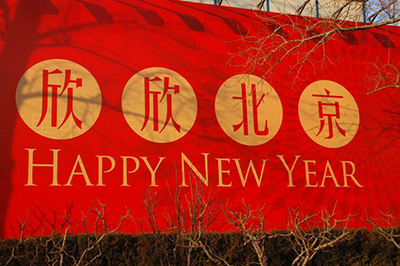With the passing of extraordinary spy novelist John Le Carré who died from pneumonia last December, we were compelled to reread one of his most accomplished works: The Honorable Schoolboy.
The book speaks to us still, not so much as nostalgia for its author, but for a more innocent time in Hong Kong.
The story unfolds there two decades before the disastrous hand over by the British Empire to The People’s Republic of China, when its citizens were promised that its free market democracy would not be compromised by the Communists.
At the time, this was encouraging news for global logistics managers reliant on the thriving Port of Hong Kong for state-of-the art terminal networks and transport infrastructure. Indeed, the 1997 accord was believed by many to enhance the cosmopolitan reputation the region long enjoyed.
Since then, of course, Hong Kong has witnessed the gradual erosion of its civil liberties and a once-thriving entrepot. At the same time, it has failed to invest in the port technology essential to keeping its world class status.
Aggressive competition from neighboring ocean cargo gateways with lower terminal handling charges, have also been hindering Hong Kong’s container business, say shipping industry analysts.
In an effort to reverse this trend, four terminal operators – Hong Kong International Terminals Ltd., Modern Terminals Ltd., COSCO-HIT Terminals (Hong Kong) Ltd. and Asia Container Terminals Ltd. – announced the formation of the Hong Kong Seaport Alliance last year.
According to Alliance spokesmen, this collaboration is also in direct response to a rapidly changing business environment, including the formation of new carrier partnerships, carrier industry consolidation, and the dramatic increase in vessel size over the last few years.
This would seem to be a promising development at first glance. These four terminal operators account for more than 95 percent of container terminal business in Hong Kong, and now use a common terminal operating system across their 23 berths.
But could it be a case of “too little, too late?” the Hong Kong Shippers’ Council thinks so, voicing concern about the absence of any mechanism to monitor and regulate competition among Alliance members.
And time may be running out for the port as Hong Kong confronts challenges from other regional actors, comprising Yantian, West Shenzhen and Nansha (within Guangzhou).
In spy craft parlance, another “dead drop” shock was delivered when authorities were late in sharing information on the COVID-19 virus. Operational security might have been maintained, but Hong Kong paid deeply.
In November and December 2019, as the outbreak was spreading beyond the Chinese mainland, Hong Kong’s volume took a substantial hit, falling by 7.8% and 8.9% in the last two months of the year.
It marked the final chapter to a miserable year for the port, in which its volume had decreased year-on-year in every month, and saw it slip even further behind other major hubs in the region – including Busan, South Korea.
One must also consider that since Hong Kong is a transshipment hub that is deeply dependent on China’s manufacturing sectors, ongoing trade tensions with the U.S. could further weaken the port’s operations.
Meanwhile, The Rand Center for Asia Pacific Policy says in a recent report that while the United States “should not shy away from public expressions of concern for human rights and freedoms,” Washington must be aware that Beijing is likely to interpret any support for prodemocracy organizations in the Hong Kong territory as part of an organized attempt to subvert the current regime.
John Le Carré lived long enough to see his beloved Hong Kong become a special administrative region of the People’s Republic of China, and then to witness the intensifying economic inequality of Beijing’s efforts to encroach on the city’s political system.
As the Lunar New Year Approaches on February 12, there’s much speculation on what “Year of the Ox” will mean for Hong Kong. If this legendary port city slides gently into decadent decline, we can only hope that a new writer of Carré’s stature emerges to take its proper measure.
Nonetheless one thing is clear: Pacific Rim supply chain managers can hardly afford to retire to their libraries in 2021.
SC
MR


Latest Supply Chain News
- Retail sales see gains in October, reports Commerce and NRF
- Balancing green and speed: Home delivery insights from the pandemic era
- AdventHealth named top healthcare supply chain by Gartner
- Geopolitical readiness in supply chains: Strategic challenges for leaders
- Unlocking retention: The role employee engagement plays
- More News
Latest Podcast

 Explore
Explore
Business Management News
- Retail sales see gains in October, reports Commerce and NRF
- Balancing green and speed: Home delivery insights from the pandemic era
- AdventHealth named top healthcare supply chain by Gartner
- Unlocking retention: The role employee engagement plays
- Can supply chain managers embrace an entrepreneurial mindset?
- Challenges to ESG reporting
- More Business Management
Latest Business Management Resources

Subscribe

Supply Chain Management Review delivers the best industry content.

Editors’ Picks





